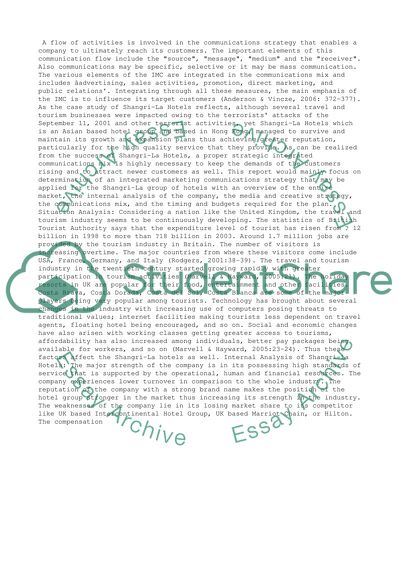Cite this document
(“The analysis of Shangri-La hotels and resorts in the UK Essay”, n.d.)
Retrieved de https://studentshare.org/business/1390809-employee-relations
Retrieved de https://studentshare.org/business/1390809-employee-relations
(The Analysis of Shangri-La Hotels and Resorts in the UK Essay)
https://studentshare.org/business/1390809-employee-relations.
https://studentshare.org/business/1390809-employee-relations.
“The Analysis of Shangri-La Hotels and Resorts in the UK Essay”, n.d. https://studentshare.org/business/1390809-employee-relations.


